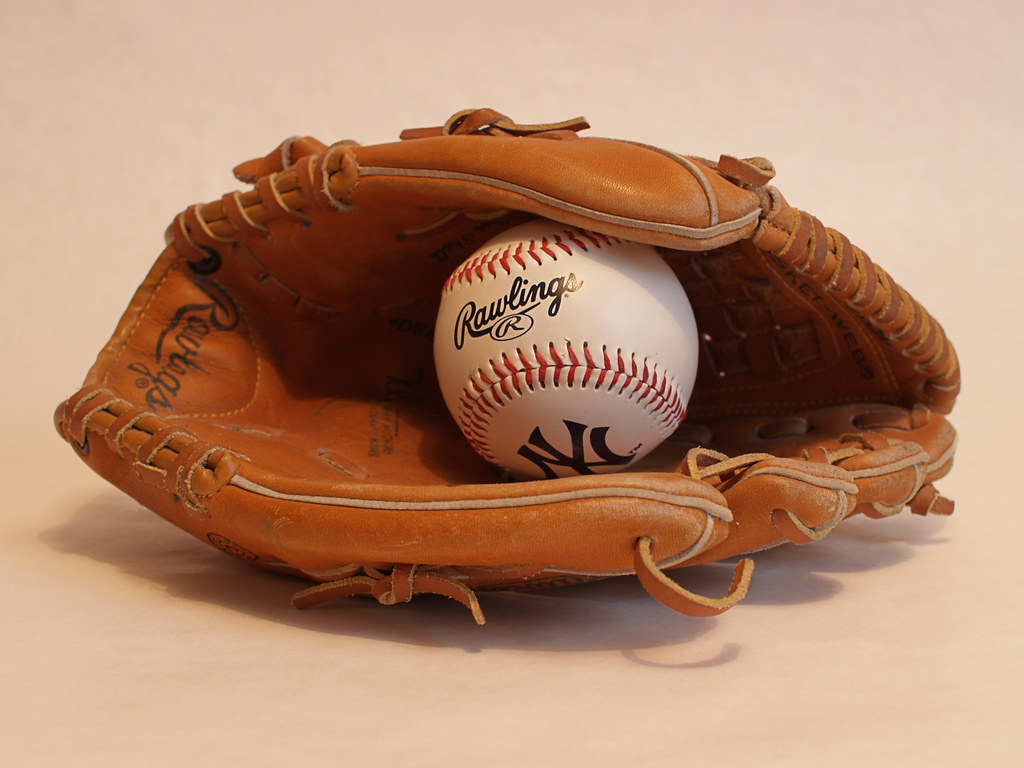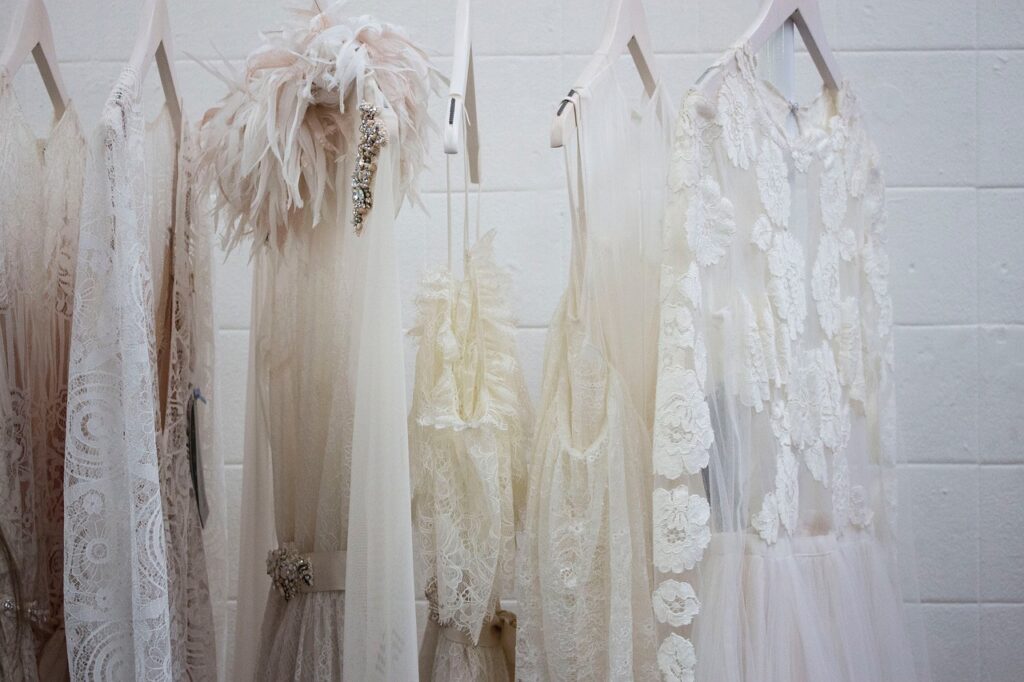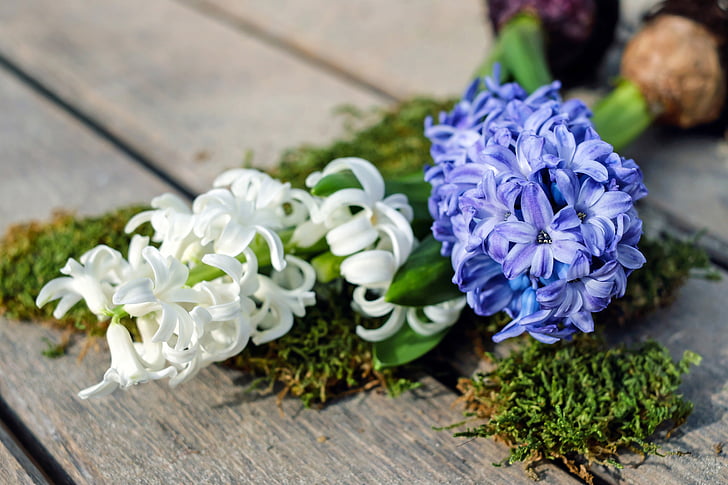The allure of aging gracefully. It’s not just a concept reserved for fine wines and George Clooney; some of our most cherished possessions also boast the enviable trait of getting better with time. Cast iron skillets and leather goods are the poster children for this category, but they’re not alone in their ability to mature like a fine Scotch. Let’s dive into the world of items that don’t just withstand the test of time, but thrive because of it.
The Beauty of Aging Well: Items That Improve with Age
Let’s talk about the heavy hitter in the kitchen: the cast iron skillet. This culinary cornerstone is known for its durability and its ability to retain heat, making it a favorite among chefs and home cooks alike. But what makes it truly special is its seasoning – the natural, non-stick coating that develops over time and with use. The more you cook with it, the better it performs. It’s like a relationship; the more you put into it, the more you get out of it.
Cast iron isn’t the only kitchen tool that gets better with age. Stainless steel pans, particularly multi-ply ones, are known for their even heat distribution and responsiveness to temperature changes. While they may not have the non-stick properties of a well-seasoned cast iron, they do offer a certain upscale appearance and are often oven safe thanks to their heat-resistant handles. With proper care, these pans can last a lifetime, developing a rich patina that tells the story of countless meals prepared within their shiny walls.

Moving from the kitchen to the wardrobe, leather goods are another prime example of items that improve with age. A leather jacket, for instance, transforms over time, molding to the wearer’s body and taking on a unique patina that reflects its history. Leather boots, belts, and bags also become softer and more comfortable as they age, provided they’re cared for properly. The key is to embrace the scratches and scuffs as part of the leather’s character, rather than imperfections to be avoided.

Beyond the kitchen and closet, there are other items that gain value the more they’re used. Take, for example, musical instruments like guitars and violins. As they age and are played more, the wood can resonate better, producing a richer, fuller sound. It’s as if the music itself seeps into the grain, each note adding to the instrument’s depth and complexity.

Books, too, can become more cherished as they age. A well-read book, with its dog-eared pages and notes in the margins, tells a story beyond the one printed between its covers. It’s a tangible record of the journey you and the book have taken together, each crease a testament to the moments spent in its company.

In the realm of hobbies, gardening tools are often overlooked as items that get better with use. A spade or a pair of shears, for instance, may develop a comfortable grip shaped by the gardener’s hand. With each use, they become more attuned to the task at hand, almost as if they’re an extension of the gardener themselves.

Don’t forget about the world of sports, where items like baseball gloves and skateboards can also improve with age. A well-worn glove becomes molded to the player’s hand, making it easier to catch and hold onto the ball. A skateboard deck, on the other hand, may lose some of its stiffness over time, allowing for a more comfortable and responsive ride.

What’s the secret behind these items that get better with age? It’s a combination of quality materials, craftsmanship, and a little bit of love. Whether it’s the patina on a skillet, the creases in a leather jacket, or the smooth action of a well-used spade, these items tell a story. They’re not just tools or accessories; they’re companions on our journey through life, growing and changing with us.
As we explore the characteristics that make these items so special, we’ll also delve into the art of maintenance. After all, the key to longevity is not just use, but care. From seasoning your cast iron to conditioning your leather, we’ll uncover the rituals that help these items reach their full potential. So, buckle up, and let’s celebrate the beauty of aging well, one beloved item at a time.
Embracing the Art of Maintenance: Enhancing the Lifespan of Your Beloved Items
Diving into the art of maintenance, it’s clear that the secret to the longevity of our cherished items lies not only in their use but also in the tender, loving care we bestow upon them. Just as a gardener tends to their plants, ensuring they bloom to their fullest potential, we must tend to our possessions to allow them to age gracefully and serve us well over the years.
Starting with the kitchen, where the culinary tools we discussed earlier can benefit immensely from proper maintenance. For stainless steel pans, the key is to keep them clean and dry. While they may not be non-stick, a well-maintained stainless steel pan can last for decades. To prevent water spots and maintain that upscale appearance, dry them immediately after washing. For stubborn food residue, a gentle scrub with a non-abrasive cleaner will do the trick without scratching the surface.
If you’re adventurous enough to step away from cast iron and try carbon steel, remember that, like its heavier cousin, it requires seasoning to maintain its non-stick properties. The seasoning process for carbon steel is similar to that of cast iron, involving a thin layer of oil heated to the point of polymerization. This creates a natural, non-stick surface that gets better with each use. And while carbon steel may not win any beauty contests, its utilitarian charm is undeniable.
For those who prefer the convenience of non-stick pans, whether PTFE-based or ceramic, the maintenance mantra is simple: be gentle. Avoid metal utensils that can scratch the surface, and never overheat the pan, as high temperatures can damage the coating. When the non-stick surface starts to deteriorate, it’s time to replace the pan. It’s not about clinging to the old but ensuring the safety and quality of your cooking experience.
Hard anodized aluminum cookware, with its durable and somewhat non-stick finish, also requires a bit of care. Avoid using abrasive materials that can scratch the surface, and if concerns about cooking with aluminum bother you, consider using it for tasks where the food doesn’t have prolonged contact with the pan.
Beyond the kitchen, let’s talk about leather goods. The patina that develops over time on a leather jacket or a pair of boots is a sign of well-worn love, but it doesn’t come without effort. Regular cleaning and conditioning with appropriate leather care products can keep the material supple and prevent it from drying out and cracking. Embrace the scratches and scuffs as part of the item’s character, and watch as it tells a story all its own.
Musical instruments, too, require a symphony of care. A guitar or violin should be kept in a controlled environment, as extreme changes in temperature and humidity can warp the wood and affect the sound. Regular cleaning and, in the case of string instruments, changing the strings can preserve the quality of the music they produce. It’s not just about the notes that resonate within the wood but also about the harmony of maintenance that allows the instrument to sing.
For the book lovers, while a well-read book naturally gains character, it’s important to store books properly to prevent damage. Keep them away from direct sunlight, which can fade covers and pages, and store them upright to avoid warping. Handling them with clean hands and using bookmarks instead of folding corners can keep your literary companions in good shape for years to come.
Gardening tools, often the unsung heroes of the toolshed, also benefit from a bit of TLC. Cleaning off soil and debris after each use and storing them in a dry place can prevent rust and deterioration. Sharpening the blades of shears and spades not only makes them more effective but also extends their lifespan.
In the realm of sports, a baseball glove or skateboard will serve you better with regular maintenance. A glove needs to be conditioned with oil to keep the leather soft and malleable, while a skateboard may require occasional tightening of bolts and replacement of worn parts to ensure a smooth ride.
The art of maintenance is a ritual, a series of small acts of care that, over time, contribute to the longevity and improvement of our possessions. It’s about respecting the craftsmanship and materials enough to invest time in their upkeep. Whether it’s a pan, a jacket, or a musical instrument, the love you pour into maintaining these items is reflected in their performance and the stories they tell.
The items that get better with age do so not just by virtue of their design but also through our interactions with them. The patina on a skillet, the creases in a leather jacket, the smooth action of a well-used spade—these are the marks of a life well-lived and well-loved. They are the tangible evidence of our care and attention, the physical manifestation of memories and experiences. So, cherish your possessions, care for them, and watch as they grow old with you, not just as tools or accessories, but as treasured companions on the journey of life.
Related posts:
Upgrade Your Cast Iron Skillet
Is it still possible to make cast iron skillets as good as the old ones?
Vintage Cast Iron Cookware, What’s It Good For





